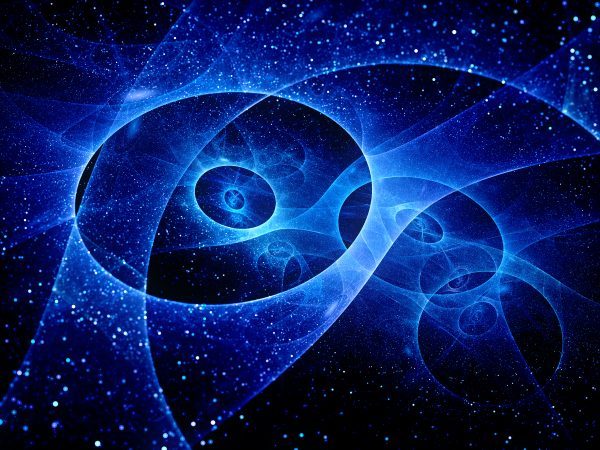
Physicists are currently in a golden age of new knowledge about black holes. Since 2015, researchers have been able to get signals directly from merging black holes using the Laser Interferometer Gravitational-Wave Observatory (LIGO), while observatories like the Event Horizon Telescope (EHT) have produced the first image of a black hole’s shadow. This year was no exception, with a fresh crop of exciting and unique results expanding our black hole horizons. Here, we take a look at some of the most spectacular black hole findings of 2020.
Nobel Prize in physics goes to black holes
As if to certify that this year was a great one for black hole research, science’s top achievement, the Nobel Prize, was handed in October to three physicists whose work has elucidated the lives of these mysterious cosmic entities. Roger Penrose, of the University of Oxford in the U.K., received one-half of the prize “for the discovery that black hole formation is a robust prediction of the general theory of relativity,” while Andrea Ghez of UCLA and Reinhard Genzel, of the University of Bonn and the Max Planck Institute for Extraterrestrial Physics in Germany, jointly shared the other half “for the discovery of a supermassive compact object at the center of our galaxy,” according to the Royal Swedish Academy of Sciences. Ghez is only the fourth woman to be awarded a Nobel in physics ever, after Marie Curie in 1903, Maria Goeppert-Mayer in 1963 and Donna Strickland in 2018.


